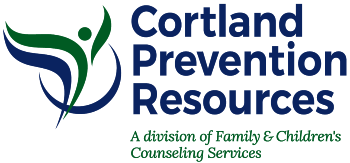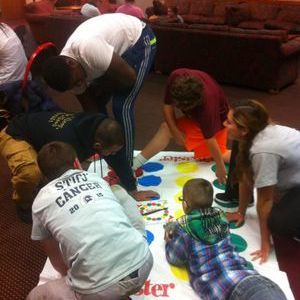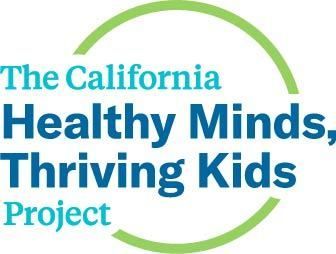Addiction is a reality that affects all of us, yet it is rarely talked about in our day-to-day lives. Often, addiction is associated with whatever drug is making headlines, but it applies to many substances. The New York State Department of Health estimates that twelve percent of New York residents over the age of 12 have a substance use disorder. That's 1.9 million people in the state battling with an addiction. With such a wide range of addictions and addictive substances, it can be a little intimidating to try to understand the problem, so here are some important things to know.
Addiction is chronic, which means it happens over a long period of time. You can’t sleep it off, and you won’t find anything over or under the counter to cure it. Relapses are common with addictions, as many of us know someone who has fallen off the wagon time and again. But not everyone knows that this is normal. If you have or know someone who has a chronic medical illness, like diabetes, you know that some days their symptoms are better than others. This is why specialists now categorize it as “recurrence.”
If we all thought about relapse less as a failure, and more as a regular part of the recovery process, we might be able to talk about it more openly. We can chip away at the feelings of shame that stop people from telling someone and getting help. Not everyone knows that addiction is a disease. We see this every day in the stigma against those with issues of drug use. Ask yourself, if you think addiction is a result of someone’s failure, do you think the same about someone with cancer or arthritis? Addiction is a disease and like any other disease, when symptoms emerge we attack the condition, not the patient.
Calling addiction a brain disease might seem drastic, but the fact is that it is one. Research done by Stanford University has shown that addictive substances actually change the way our brains work. They change the parts of the brain that help us feel pleasure. These same areas of the brain are also responsible for feeling happy, content, relaxed, and calm. Chemicals that help us feel like this are naturally produced by the brain, such as serotonin and dopamine, but taking drugs release these chemicals as well. Over time, drug use makes it more difficult for our brains to produce these chemicals by themselves. This can leave drugs as the only places we can get those feel-good chemicals. Before long, getting high takes the place of things that used to make someone feel happy. Drugs soon become the only way to achieve pleasure.
Help is out there, and there are things you can do if you or a loved one is battling an addiction. Family & Children’s Counseling Services is the home base for the Center for Treatment Innovation (COTI) program which has a mobile clinic that can bring help to your neighborhood or even help get you to your first appointment. The COTI team employs peers with lived experience who have found their own recovery, along with a therapist who can evaluate your needs. They can be contacted by calling and leaving a message at 607-543-4262.
The New York Department of Health has resources anyone can utilize to get themselves on a better path. There are anonymous drop-boxes throughout Cortland where you can discard anything from drugs to lighters, no questions asked, because sometimes the first step is separating yourself from the opportunity of using your substance of choice. There are also people who want to talk to you, or your loved one, about finding help. Family and Children’s Counseling Services is open to walk-ins or references from doctors so your road to recovery can begin. Recovery is possible.
Bio: Kevin Broderick is a Prevention Specialist at Cortland Prevention Resources, a division of Family and Children’s Counseling Services.





